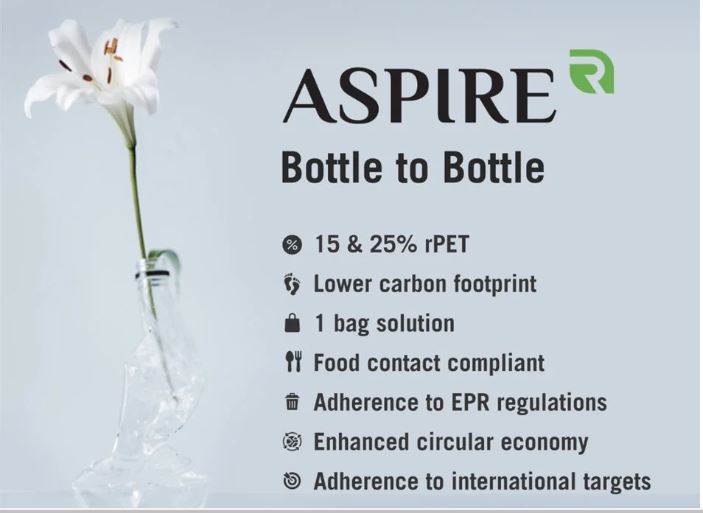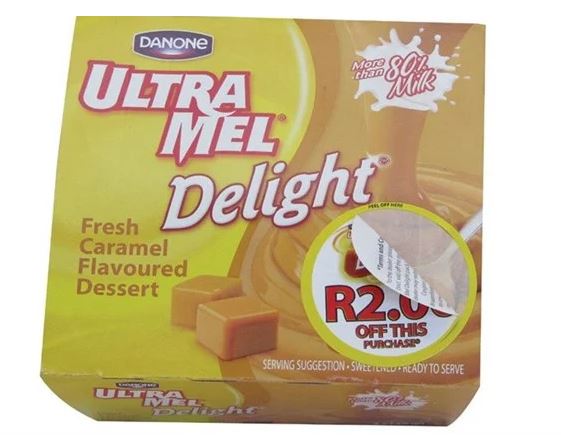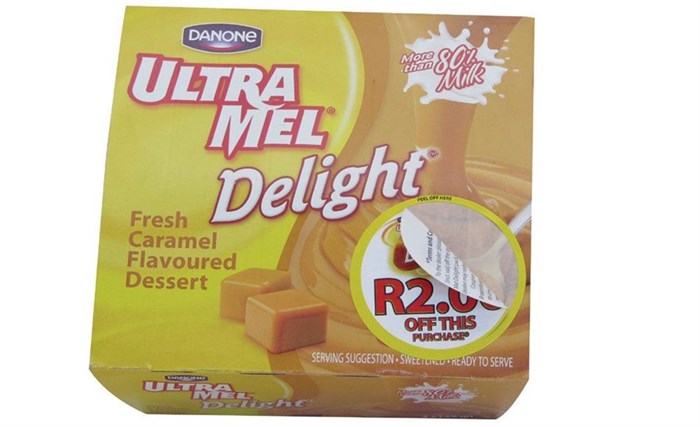McKinsey and NielsenIQ have undertaken a joint study examining the relationship between ESG-related claims made on product packaging and consumer spending habits in a bid to identify the ways in which companies can balance sustainability-minded progress with commercial success – revealing that multiple claims can encourage uptake in sales.
Consumers seem to be expressing their own interests in sustainability; a US consumer sentiment survey conducted by McKinsey in 2020 saw over 60% of respondents claim that they would pay a higher price for a product packaged in sustainable materials, while NielsenIQ’s more recent survey saw 78% of US consumers state that a sustainable lifestyle is important to them.
Apparently, CPG executives tell a different story. Many report that their ESG initiatives have not been able to generate sufficient consumer demand, and that new products launched in line with their sustainability goals are not selling as well as initially anticipated.
In an effort to reconcile these conflicting accounts, McKinsey and NielsenIQ took to examining consumers’ spending behaviour – aiming to provide CPG companies with the relevant statistics for bringing ‘environmentally and socially responsible products’ to market in line with their ESG strategies and commitments.
The process
From the outset, the study clarifies that the statistics of products’ sales growth do not inherently reflect the motivation behind consumers’ spending decisions. For instance, although products making ESG-related claims apparently averaged a 28% cumulative growth over the past five years, as opposed to the 20% growth for products that do not make such claims, there is no way of knowing whether consumers chose to buy a product for its reported sustainability benefits or another reason entirely.
McKinsey also stresses that the ESG-related claims in question were not independently verified for the purposes of this study. While both companies state that ‘greenwashing’ impacts consumers’ view of and engagement with businesses, potentially putting companies at risk, the goal of the study is not dependent on the validity of the claims; it examines their correlation with purchasing behaviour and sales performance, and does not control marketing investments, distribution, promotional activity, or other such factors. The social and environmental benefits of putting the claims into action were not considered, nor were the incremental costs of such implementation.
To generate the results, McKinsey and NielsenIQ worked together to analyse five years of US sales data between 2017 and June 2022, comparing the growth rates of products that made ESG-related claims and those that did not. The data covered600,000 individual product SKUs representing $400 billion in annual retail revenues from 44,000 brands across 32 food, beverage, personal care, and household categories.It was occasionally paired with a household panel conducted by NielsenIQ, which tracks the purchasing behaviour of consumers in over 100,000 US households.
Ninety-three ESG-related claims – the likes of‘cage-free’, ‘vegan’, ‘eco-friendly’, and ‘biodegradable’ – were divided into six classifications: animal welfare, environmental sustainability, organic farming methods, plant-based ingredients, social responsibility, and sustainable packaging. Factors such as brand size, price tier, and the age of the product – i.e., whether it was new to the market or previously established – were controlled during the study.
It is believed that the results provide insight as to whether ESG-related claims have a positive effect on growth, and if so, by how much; additionally, it compares the performance of different types of products and claims in relation to each other.
The results
Generally speaking, there was a ‘clear and material link’ between sustainability claims and consumer spending. Although ESG-related claims did not always equate to uptake in sales, the results of the study reveal that, in the cases studied, consumers were transitioning their spending towards products making such claims; that growth was not generally affected by the size of a brand, but that smaller brands may be considered more trustworthy or worthy of investment; that less common ESG-related claims tended to see a larger impact, but consumers are not displaying a preference towards any one claim; and that a combination of claims could create the impression of authenticity amongst consumers.
Each product’s initial share of sales in its category over the five-year period was noted, as well as its five-year growth rate relative to that share. This revealed that, overall, products making one or multiple ESG-related claims on their packaging were outperforming products that did not, suggesting that claims to sustainability were, at least in part, influencing consumer uptake.
It is thought that, within the five-year period, ESG claims have influenced 56% of all growth, which is reportedly an 18% increase from the beginning of the timespan. Furthermore, products making ESG-related claims are said to have a 1.7 percentage-point advantage in CAGR over products without them, with the ‘sustainable’ products accounting for almost half of all retail sales in the categories examined.
Even so, the growth varied between categories. In eleven out of fifteen food categories and three out of four personal care categories, products making ESG-related claims generated outsize growth. For beverage categories, only two out of nine saw such growth. The report emphasises that the data alone cannot fully explain the variation in purchasing decisions, which could have external explanations that vary on a case-by-case basis; for instance, variation in children’s formula and nutritional beverage purchases could be influenced by medical advice.
Regardless, two-thirds of categories saw faster growth in products that made ESG-related claims. According to NielsenIQ’s household panel, demographics such as higher-income households, households with children, and urban and suburban residents are more likely to invest in products making claims to sustainability, yet the research sees an average of plus or minus 15 percent deviation across demographic groups such as age, race, incomes, life stages, and geographies in the purchase of products bearing ESG-related labels.
Nor was growth limited to brands of a particular size; 59% of all the categories studied saw the smallest brands making ESG-related claims undergo disproportionate growth – yet this was also true of the largest brands in 50% of categories. The underperformance of medium-sized brands cannot be explained by the data, according to the companies, but it is speculated that these brands do not match the perceived trustworthiness of smaller companies while lacking the marketing and wide-scale distribution of their larger counterparts.
The report also notes variance within categories – namely, that smaller brands grew more quickly for sports drinks and hair care products, whereas larger brands saw faster growth in fruit juice and sweet snacks products.
Another discrepancy that the data cannot explain is the fact that newer products making claims outperformed newer products that didn’t in only 32% of categories, while 68% of established products making claims outperformed their non-claiming counterparts. The study presents the theory that consumers are pleasantly surprised by existing brands making sustainable progress, although they may have come to expect such claims from up-and-coming brands.
It is also noted that established products making claims saw a slower decline in sales than established products that did not.
Performance rates of products making ESG-related claims did not seem to vary across price tiers. Once again, McKinsey suggests that the less expensive price tiers may have achieved success due to the recurrence of private-label products making claims, seizing more than their expected share of growth in 88% of categories.
These results indicate that sustainability-minded consumers may not always opt for the cheapest available item but may rather choose to support affordable products making ESG-related claims.Therefore, the companies suggest that brands could offer more ESG-friendly products at lower price points to meet this demand.
There is no evidence to suggest that any individual claim was favoured by consumers, with no specific word or phrase correlating with outsize growth. What the study did reveal was that the less prevalent claims, such as ‘vegan’ or ‘carbon zero’, grew 8.5% more than the equivalent products not making a claim; on the other hand, claims like ‘sustainable packaging’ and ‘plant-based’ saw a 4.7% growth differential, and the most common claims such as ‘environmentally sustainable’ saw a 2% growth.
While all the ESG-related claims studied led to an uptake in sales, the difference seems to have been greater in less frequent claims – implying that unique claims can differentiate a product, especially if it has a disproportionate impact on a company’s ESG goals and commitments. Further still, an analysis of NielsenIQ’s household panel data indicates that the depth of a brand’s ESG-related claims has a positive association with consumer loyalty.
Customers also appear to return more frequently if the ESG-related claims are consistent across a brand’s portfolio. Brands that receive under 50% of their sales from products making such claims saw repeat rates of under 30%, whereas those making claims on over half of their products saw repeat rates of between 23% and 34% – meaning that each customer purchased products from the same brand three or more times a year. McKinsey points out that this is still not direct proof that customers are purchasing the products because of their ESG claims, but it suggests that consistency across portfolios enhances overall brand loyalty.
If a product’s packaging made multiple ESG-related claims, it generally saw faster growth than other products – those making multiple claims grew around twice as fast as those only making one, and this was true across the study’s six ESG classification themes. In nearly 80% of the categories, the growth rate saw a positive correlation with the number of distinct claims made.
McKinsey clarifies that brands should refrain from printing more claims and certifications onto their packaging than they can reasonably substantiate, as this would constitute as greenwashing and damage their credibility. However, consumers appear to prefer brands that make multiple ESG-related claims over just one, and McKinsey suggests that brands ‘might be wise to reflect on their commitment to ESG practices and to ensure that they are thinking holistically across the interconnected social and environmental factors that underpin their products’.
What should we take from this?
Based on these results, McKinsey outlines five potential points of consideration for brands attempting to strike a balance between differentiated growth and making advancements in their ESG commitments – the first being the establishment of an effective ESG strategy across their portfolios to match their product claims. Expanding ESG-related benefits across multiple categories and products is likely to have a bigger impact and increase a brand’s chances of achieving outsize growth, as opposed to relying heavily on a single product. Companies are therefore encouraged to identify and publicise, where appropriate, the steps they are taking that will result in the greatest ESG impact.
Moreover, they should develop a design process that embraces ESG-related claims as well as cost engineering, according to McKinsey. A disciplined design-for-sustainability approach is expected to maximise the visibility, efficacy, and cost-efficiency of ESG-related product features that will attract consumers’ attention, as will the removal of ingredients, materials, and processes that are slowing or reversing sustainable progress. Taking a wider view of a product’s sustainable impact, its quality, and the cost of investment in product design is expected to garner positive results.
Companies are also advised to build a robust portfolio featuring both established and new ESG investments, both of which are thought to be beneficial. A flagship established product in a competitive market could gain an advantage by making ‘relevant and differentiating’ claims, while new products play an outsize role in booting category growth. Environmentally and socially responsible products will advance a brand’s ESG strategy while meeting growing demand for sustainable solutions.
ESG-related dynamics are specific to categories and brands, McKinsey explains, and a thorough understanding of this will apparently enable brands to optimise their business strategies to their respective sectors. Companies are advised to consider which high-impact ESG claims garner the most consumer interest within a product’s category, correspond with the core values of their brand, and differentiate them from their competitors.
Finally, McKinsey reiterates that it may be equally as beneficial from an incremental growth standpoint to introduce a second or third ESG-related claim to a product as it is to introduce the first one, leading to twice the gain. It recommends that companies ‘embrace the holistic, interconnected nature of ESG’ and conduct category- and brand-specific assessments to identify the best method of implementing several claims, thus displaying commitment and reliability to their consumers.
Based on the data, it is believed that companies can simultaneously pursue growth and their ESG strategies. Consumers appear to be translating their interest in sustainability into their spending behaviour, and brands can use this to their advantage while also taking meaningful action towards socially and environmentally beneficial business practices.
McKinsey asserts that customers and companies share a responsibility to mitigate the social and environmental impact of producing, transporting, and discarding products, and that factual ESG-related label claims will contribute towards a more sustainable relationship with consumer goods and their packaging. It emphasises that there is no one guaranteed route to successful investment in environmentally and socially responsible products, but asserts the importance of companies making meaningful efforts to meet their ESG commitments and communicating these to their customers, which can be achieved effectively through substantiated label claims.
Source:
https://packagingeurope.com/features/mckinsey-and-nielseniq-reveal-broad-correlation-between-on-pack-sustainability-claims-and-consumer-spending

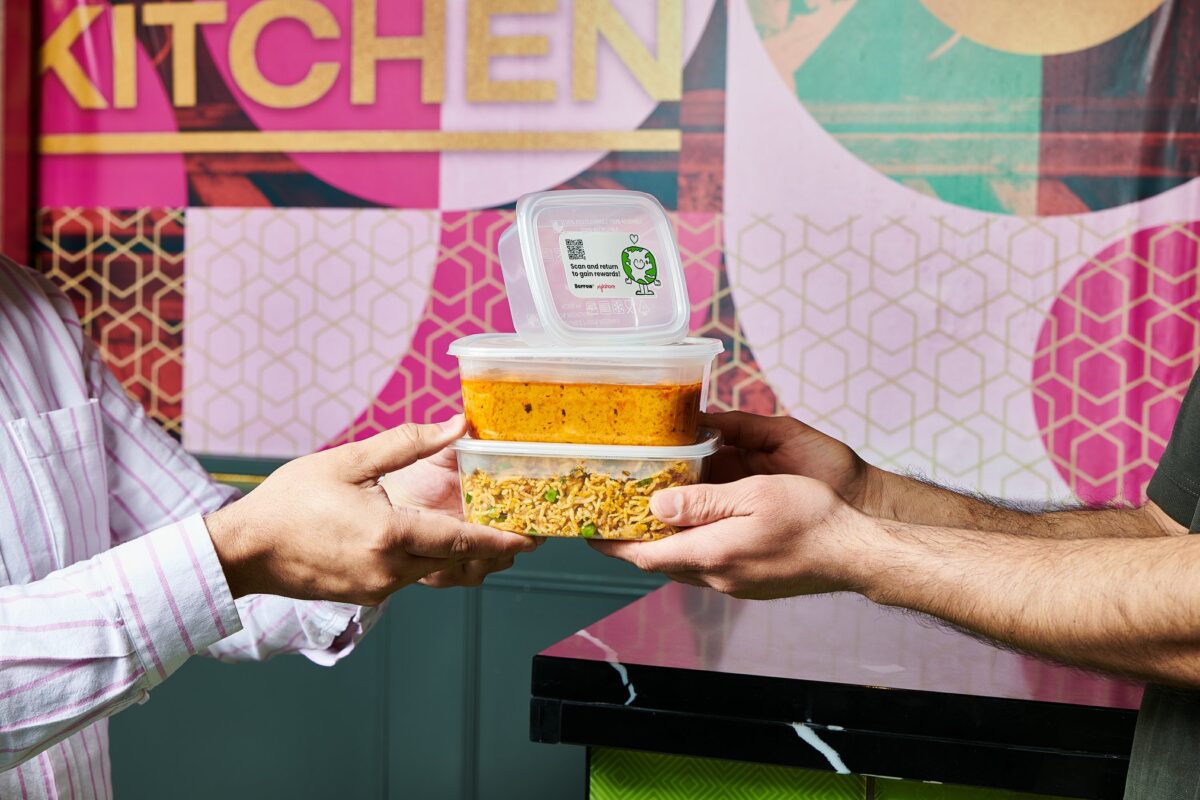
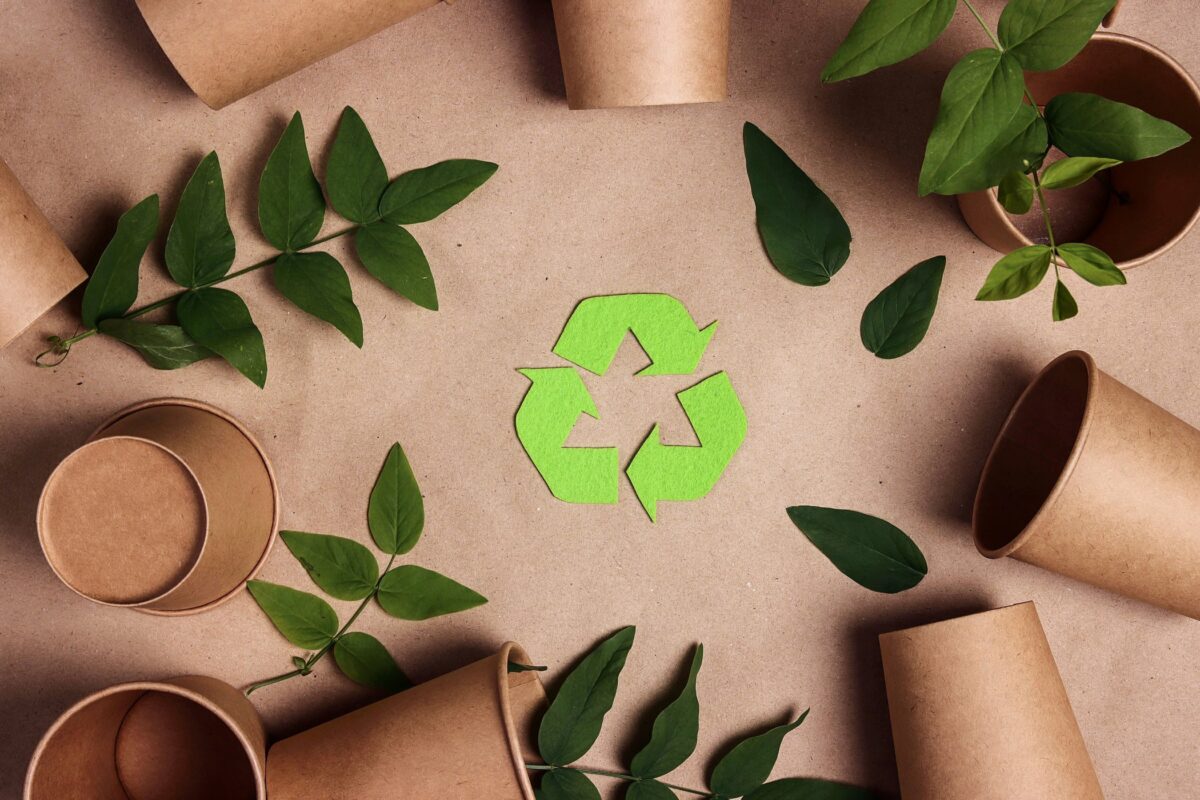
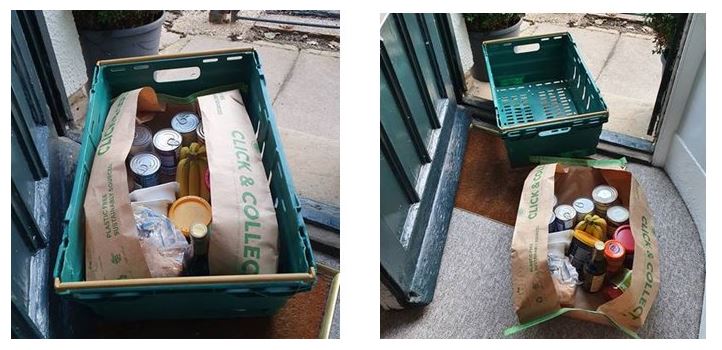

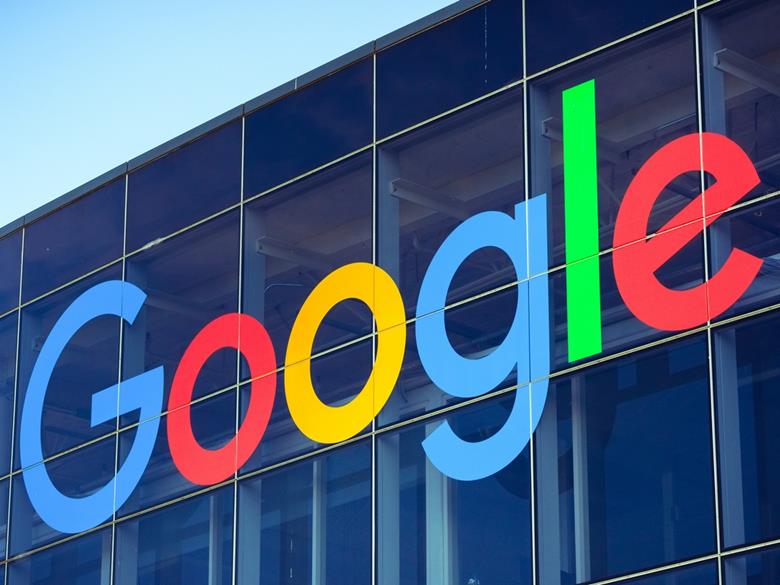


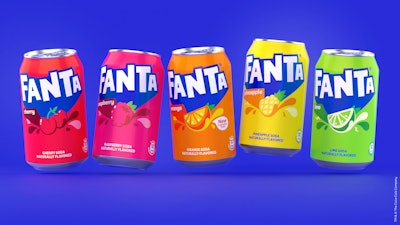
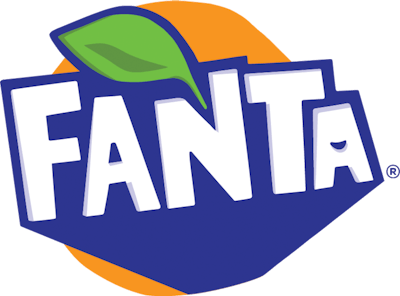 The legacy logo contained a depiction of an orange, and this appeared even on other flavors like grape and strawberry. By removing the orange, each flavor now carries its own respective juicy, cartoonish fruit signifiers.
The legacy logo contained a depiction of an orange, and this appeared even on other flavors like grape and strawberry. By removing the orange, each flavor now carries its own respective juicy, cartoonish fruit signifiers.